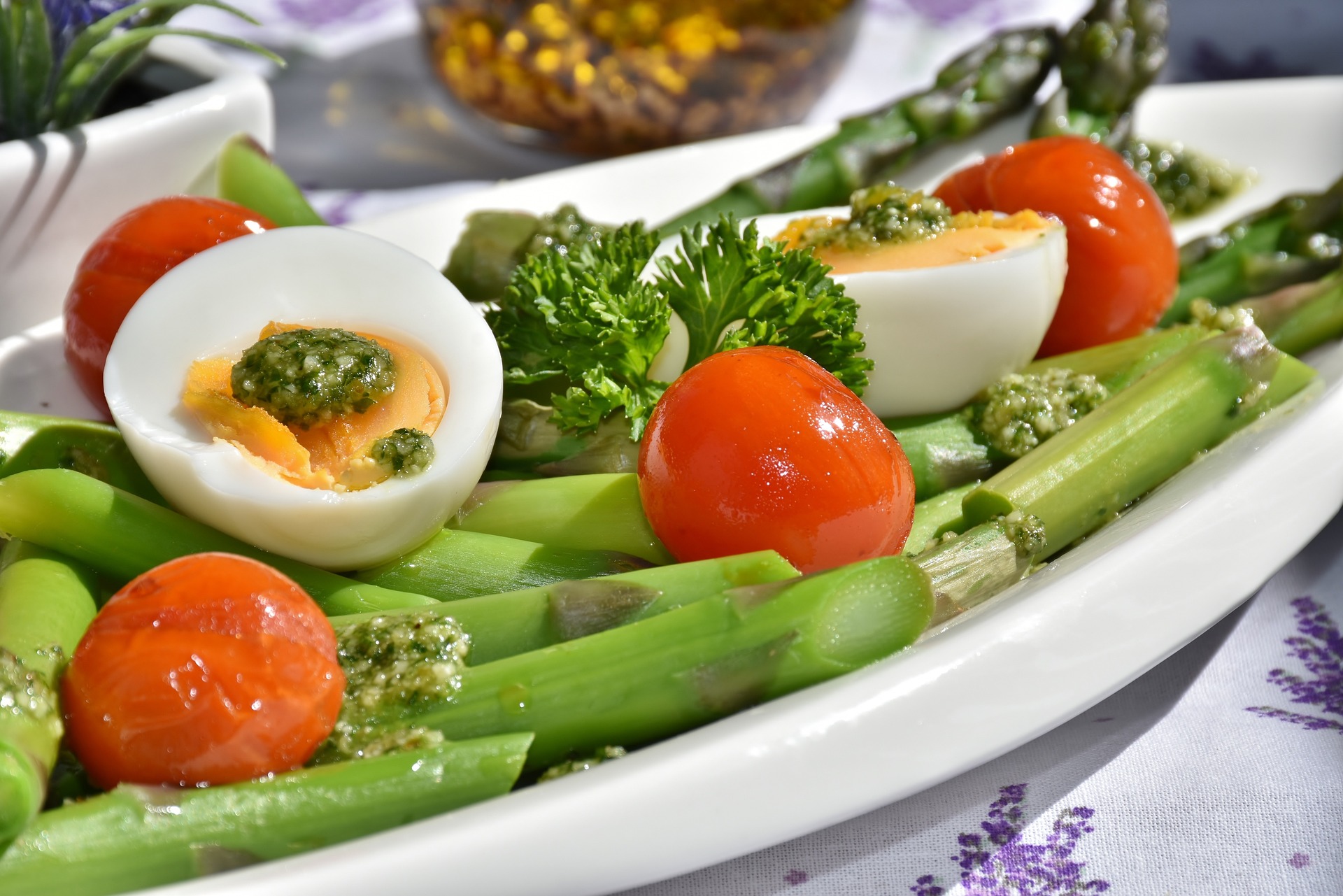Unveiling the Mysteries of Australian Bushfood
Australia, a land known for its vast wilderness and unique wildlife, also boasts a rich culinary culture that dates back thousands of years. Australian Bushfood, also known as Bush Tucker, is the frontier of this culinary heritage. In this article, we delve into the mysteries of these indigenous ingredients, their nutritional benefits, and innovative ways they're being used in modern cuisine.

The Cultural Significance of Bushfood
Bushfood is deeply rooted in the indigenous culture of Australia. For more than 60,000 years, Aboriginal communities have thrived on these natural resources, which include fruits, nuts, seeds, vegetables, herbs, spices, and even insects. These foods not only served as sustenance but also played crucial roles in traditional medicine, ceremonies, and storytelling.
The Bounty of Bushfood
The diversity of Bushfood is staggering. From the tart and tangy Kakadu Plum, loaded with vitamin C, to the nutrient-dense Macadamia Nut, Australia’s wild pantry is a treasure trove of unique flavors and health benefits. Other notable bushfoods include Wattleseed, with its coffee-like flavor, and the sweet, tangy Quandong fruit.
Bushfood in Contemporary Cuisine
The incorporation of Bushfood into modern Australian cuisine has been a slow but steady process. Today, chefs across the country are embracing these indigenous ingredients, creating innovative dishes that honor their cultural roots while appealing to modern palates. From fine-dining establishments to trendy cafés, Bushfood is making a splash in the contemporary culinary scene.
From Australia to the World
In recent years, the global food community has begun to take notice of Australia’s culinary heritage. Bushfood is now appearing on menus around the world, celebrated for its unique flavors, nutritional value, and sustainability. As the demand for new and exciting ingredients grows, the international food industry is looking to Australia for inspiration.
The Future of Bushfood
As Bushfood continues to gain recognition, its potential for bolstering Australia’s economy and promoting sustainable agriculture is becoming clear. Moreover, the rise of Bushfood could pave the way for a deeper understanding and appreciation of Australia’s indigenous culture. The future of Bushfood looks promising, and its journey from the wilderness to the world’s dining tables is just beginning.
-
Tip 1: When trying Bushfood for the first time, start with familiar dishes incorporating these ingredients. For instance, a salad sprinkled with Macadamia nuts or a chicken dish marinated with lemon myrtle.
-
Fact 1: The Kakadu Plum is a superfood that contains 50 times the Vitamin C of oranges.
-
Tip 2: Bushfood ingredients can be used in beverages too! Try a cocktail infused with Wattleseed for a unique twist.
-
Fact 2: Some Bushfoods have significant medicinal properties. For example, the Illawarra Plum has been used by indigenous communities to treat inflammation.
Australian Bushfood is a culinary journey waiting to be explored. It offers a window into the culture and history of the land, a myriad of unique flavors and textures, and a wealth of health benefits. So, whether you’re a seasoned foodie or just someone looking for a new culinary adventure, Bushfood has something for everyone. The mysteries of Australian Bushfood await you - are you ready to unearth them?




